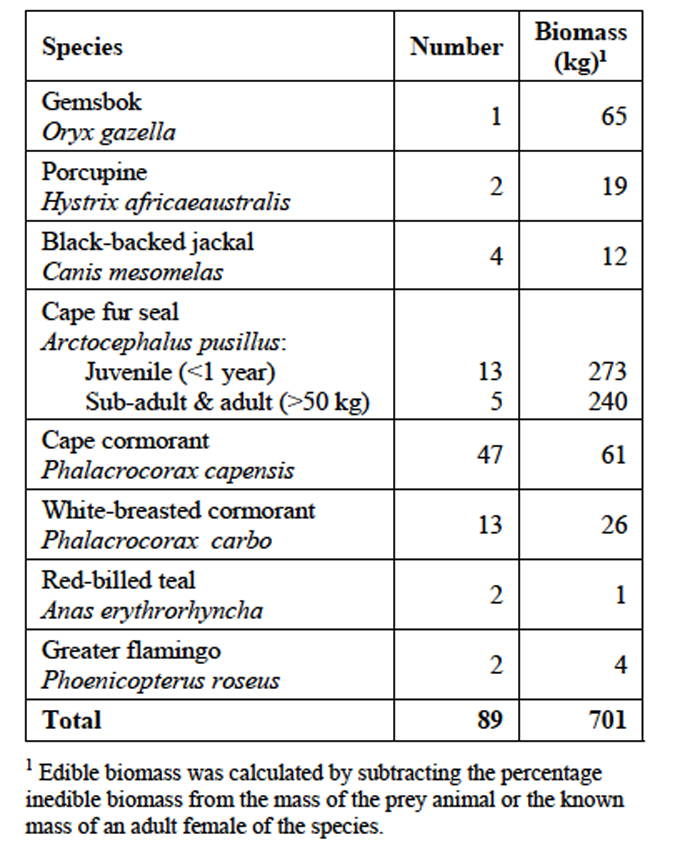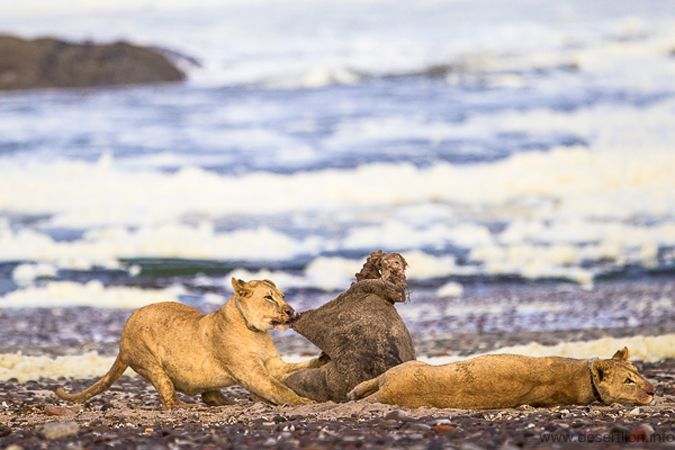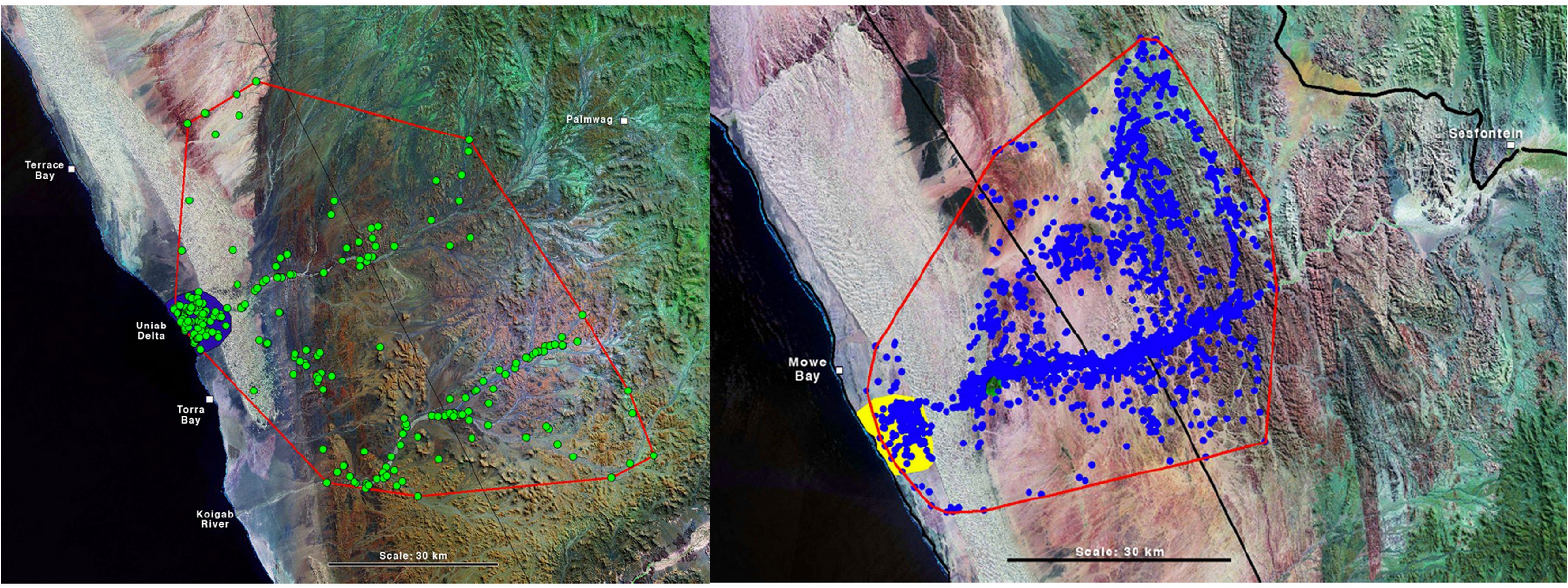
Research by respected scientist P.E. Stander reveals that the desert-adapted lions eking out a living on the harsh northwest coast of Namibia’s Skeleton Coast National Park (SCNP) are again specialising in hunting seals and coastal birds such as flamingos and cormorants, after an absence of 35 years. They have also been seen feeding on brown hyenas and beached pilot whale carcasses.

Lions disappeared from this hostile, remote coast during the 1980s due to intense human-lion conflict, but since 2002 have gradually re-colonised the area after a successful community-based conservancy model was implemented, and the growth of tourism in the area.

These lions have only recently, after a period of 35 years, again started to utilise the rich marine resources, with as much as 79% of their diet in the past 18 months consisting of seals and birds.

The last SCNP lions were killed off by 1990, shot or poisoned by livestock farmers on the fringes of this narrow national park. Then, in 1997, a group of 20 desert-adapted lions was discovered in the mountainous eastern edge of the Namib Desert.


The population has since gradually recovered, thanks to periods of good rains, growing Namibian tourism industry and a successful program to generate benefits for local communities from the tourism industry, although it is still beset with issues relating to human-wildlife conflict and trophy hunting.

During the poor 2017 rainfall period, lions living inland of the coastal area started visiting the coastal area to utilise the marine resources.
Three young lionesses, orphaned at the age of less than one year when their mother died of natural causes, found their way across the dunes to an island in a fresh-water spring on the coast and survived by hunting cormorants, flamingos and teals. They then moved on to scavenging off seal carcasses, and then to hunting and killing juvenile and then adult seals.

Stander, P. (2019). Lions (Panthera leo) specialising on a marine diet in the Skeleton Coast Park, Namibia. Namibian Journal Of Environment, 3, Section A, 1-10. Retrieved from https://www.nje.org.na/index.php/nje/article/view/volume3-stander
To comment on this story: Login (or sign up) to our app here - it's a troll-free safe place 🙂.![]()








